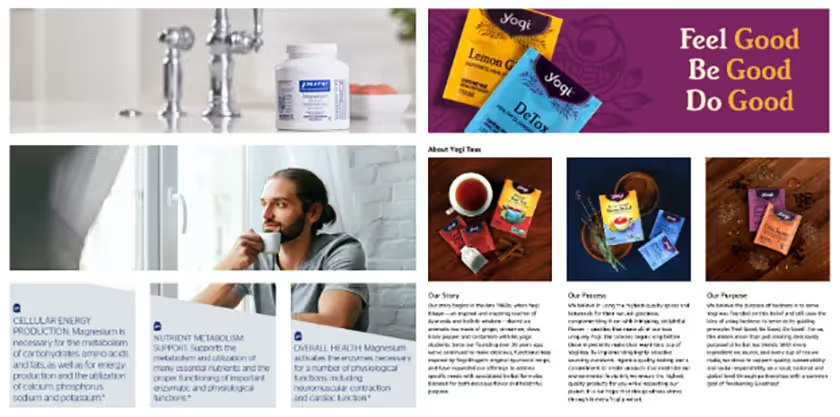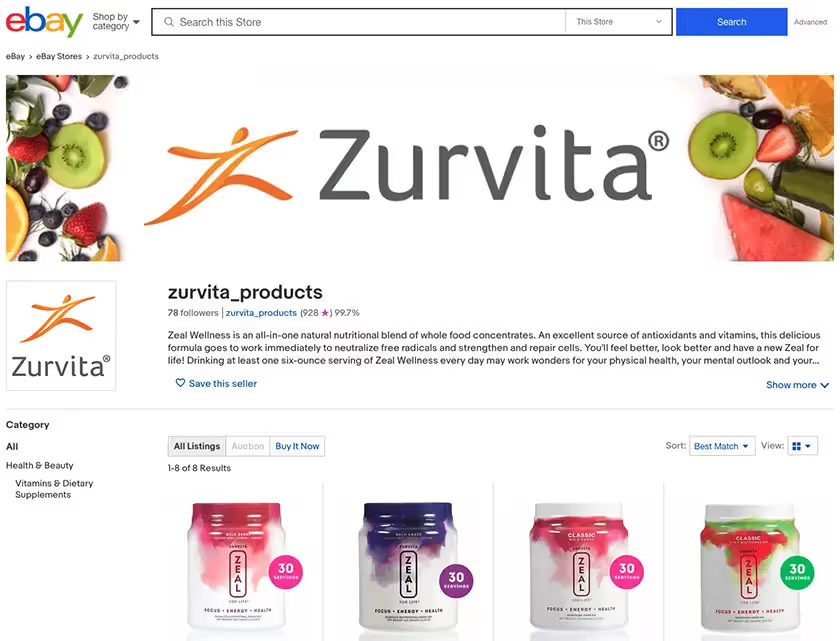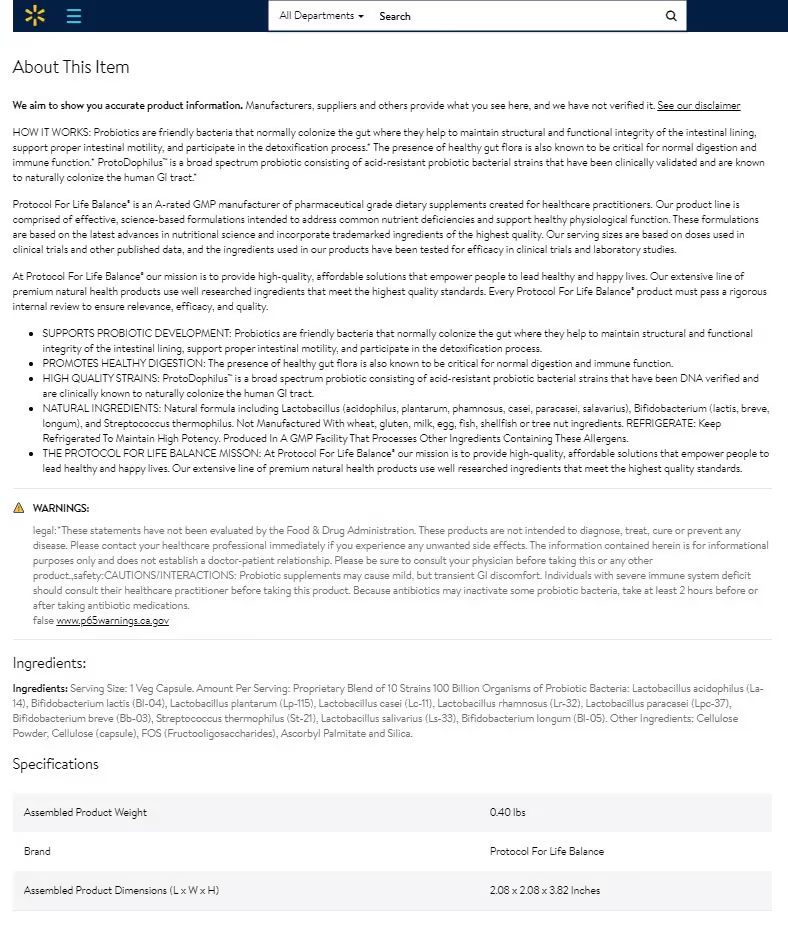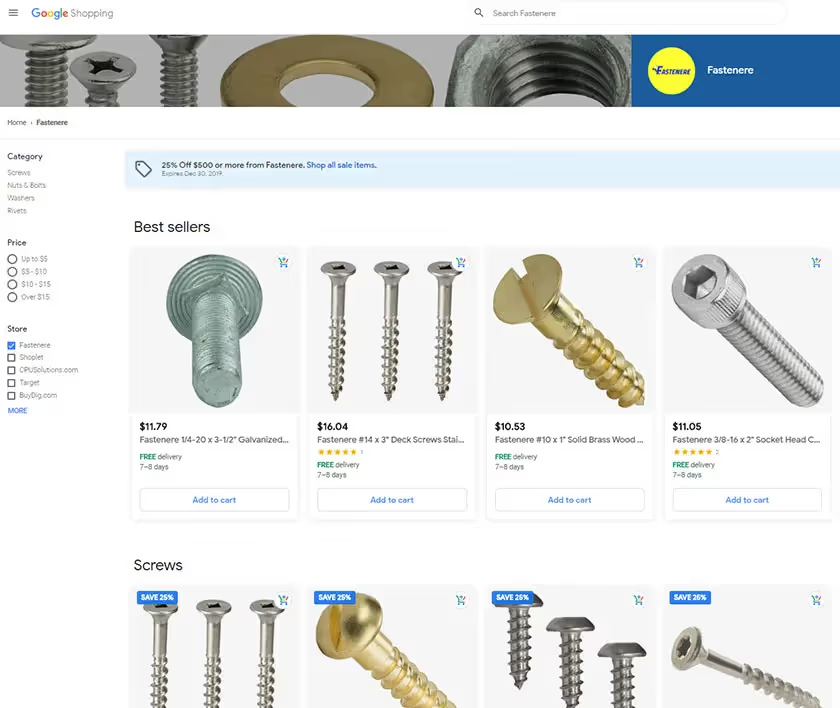How to Brand Yourself on Amazon, eBay, Walmart, and Google Shopping
Successful branding is crucial to win on Amazon and other marketplaces. Start creating customized storefronts on eBay, Amazon, Walmart, and more today.
Hundreds of brands sell thousands of products daily on online retail marketplaces across the web. It’s enough to make you, as a seller, fret about how your brand can stick out.
Just like product sold in a brick and mortar store, the way your product is displayed on marketplaces can either add to its curb appeal or push customers to lose interest. Fortunately, most ecommerce marketplaces provide you with the opportunity to create customized content and storefronts that help your brand sell more, improve your customers’ experience, and visually wow.
Here are four of the biggest online marketplaces and the options they offer you as a seller that can help you optimize the branding of your business.
Amazon
Amazon has been actively taking steps over the past two years to make content customization easier for third-party sellers. Through Amazon’s A+ content and brand registry, vendors can change product descriptions, add video and enhanced images, and create beautiful headers that tell their brand’s unique story.
One thing you can (and should) do as a seller is use these tools to write accurate product descriptions and tighten up your copy so it’s short but engaging. Bulleted lists and capitalization can help you to do that, but they just scratch the surface. Read more about writing great product pages here.
Along with its brand registry tools, Amazon has also eliminated predefined templates, giving vendors the freedom to choose how they’d like their content to be displayed. There are lots of vendors taking advantage of this feature to create eye-catching storefronts.
Here at Pattern, we take an active role in helping you design templates that can visually wow your customers. Here are a few examples of brand stores we’ve designed through Amazon:
Pure Encapsulations and Yogi Tea

eBay
Like Amazon sellers, eBay sellers have the option of customizing their store appearance. eBay has pre-formatted storefront layouts vendors can use that include store information and listings with some areas you can play in as a seller.
Each eBay store has a billboard that vendors can customize to showcase their brand or special promotions. Vendors can also highlight their most popular or featured products near the top of their storefront to drive customers to them. eBay has made photographs bigger on their site so that vendor pages are more attention-grabbing to customers.
Yogi Tea

Sellers on eBay have the ability to organize their products by categories and subcategories so they’re easier to find for customers. The “Custom Page” space on eBay also provides vendors with a dedicated space where they can talk about their store or highlight promotional items.
Another thing eBay has done to attract customers to storefronts is allow vendors to list social media links so that visitors can easily share them with friends.
Zurvita

Walmart.com
Because mosts sellers gravitate toward eBay and Amazon, Walmart provides a seller space where you’ll find less competition. Just be warned: there’s a stricter barrier for entry and not much room for storefront customization without significant costs. Just like Amazon and eBay, Walmart allows vendors to customize their product listings and descriptions as well as fill out attributes relevant to each item so that customers are more likely to find them.
Every product you place on the site, however, will appear as though it is a Walmart listing (your name and information will be included on each listing you sell). One thing that’s great about selling on Walmart is that you gain access to their affiliate markets. These include jet.com, shoes.com, moosejaw.com, and more. Another pro is that you can advertise your product through Cost Per Click ads on the Walmart site, so while there aren’t many options for customizing your store, there are ways to get your brand to go further.
Protocol For Life

Google Shopping
Google Shopping is another way to showcase your brand in a Google Shopping Store and get your products spread quickly across the web. Google Shopping vendors can create a storefront in Google Shopping to highlight their brand, best selling items, and upload a banner to make it a more branded shopping experience.

Google Shopping sellers can show their products to shoppers through paid and unpaid channels across Google services, including Google partners like YouTube and AOL. Google runs on user data, and that arms it with the best information you need for your listings to stand out, such as suggestions to improve the way your images appear on the feed.
Another thing you can take advantage of through Google is running campaigns through Google Ads. You’ll want to set up a Google Merchant account to get started.
Want to know more ways that you can make your brand stand out on ecommerce channels? Contact Pattern's ecommerce branding experts through the form below.


.jpg)





.jpg)

